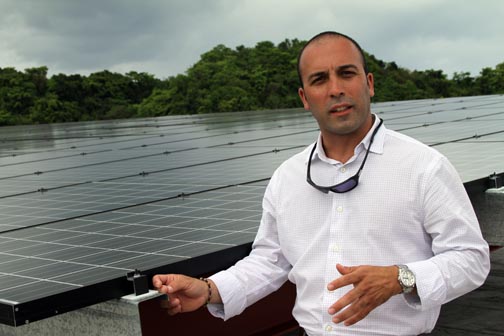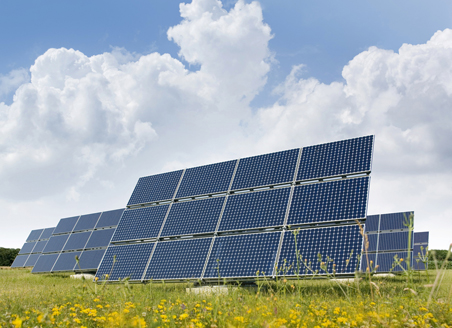Green Energy Fund to dole out $4M in subsidies

The Puerto Rico Green Energy Fund will be assigning $4 million in subsidies to develop “green” projects for homes and small business island wide during an application process that starts tomorrow at 8 a.m., Juan Carlos Díaz-Galarza, deputy director of the Puerto Rico Energy Affairs Administration, which oversees the fund that is still awarding American Recovery and Reinvestment Act money, said Monday.
Island residents looking to benefit from the program are required to submit their proposals online via www.prgef.com and will be considered on a first-come-first-served basis starting at 8 a.m.
This is the grant cycle’s second year of existence, and the process has proved to be highly competitive, Díaz-Galarza said.
“During the second semester of last year, which was the last time the application cycle opened, funding ran out in the first 47 minutes,” he said. “That’s why we tell interested people to connect to the website early, so they have time to register before the system starts accepting applications at 8 a.m.”
The Green Energy Fund is divided into two tiers. The first tier, which will open for applications Wednesday, comprises projects built to generate between 15 and 100 kilowatts of energy. Participants receive rebates of up to 40 percent on the purchase and installation of an energy conservation system.
By putting up the rest, the private sector pumps another $6 million into the economy, Díaz-Galarza said.
“The 40 percent incentive that is provided through the Green Energy Fund covers the project’s design, all of the equipment that will be used, as well as the installation,” he said, adding during its first fiscal year, the program benefitted 91 homes and businesses islandwide.
The competitive application process entails paying fees of $250 for projects that will generate up to 15 kilowatts of energy, and $1,000 for larger projects built to generate up to 100 kilowatts of energy. The agency tacks on the application fee to weed out serious proponents who are committed to building the project they describe, the government official said.
“From the time they submit the application, we have 45 days to review it and visit the property to make sure that the energy-efficient system has not been installed,” he said. “We then set a date for the proponent to sign the contract, after which they have nine months to complete the project.”
Proponents who fail to meet the pre-determined deadlines will not get the subsidies, which will revert to the fund for other application cycles. There is no waiting list for applicants who wish to “stand by” in case funding becomes available.
A second tier of the program, which accepts applications on a quarterly basis, is designed to benefit proponents of projects to generate more than 100 kilowatts of clean energy, he said. So far, 21 such projects have received funding.












